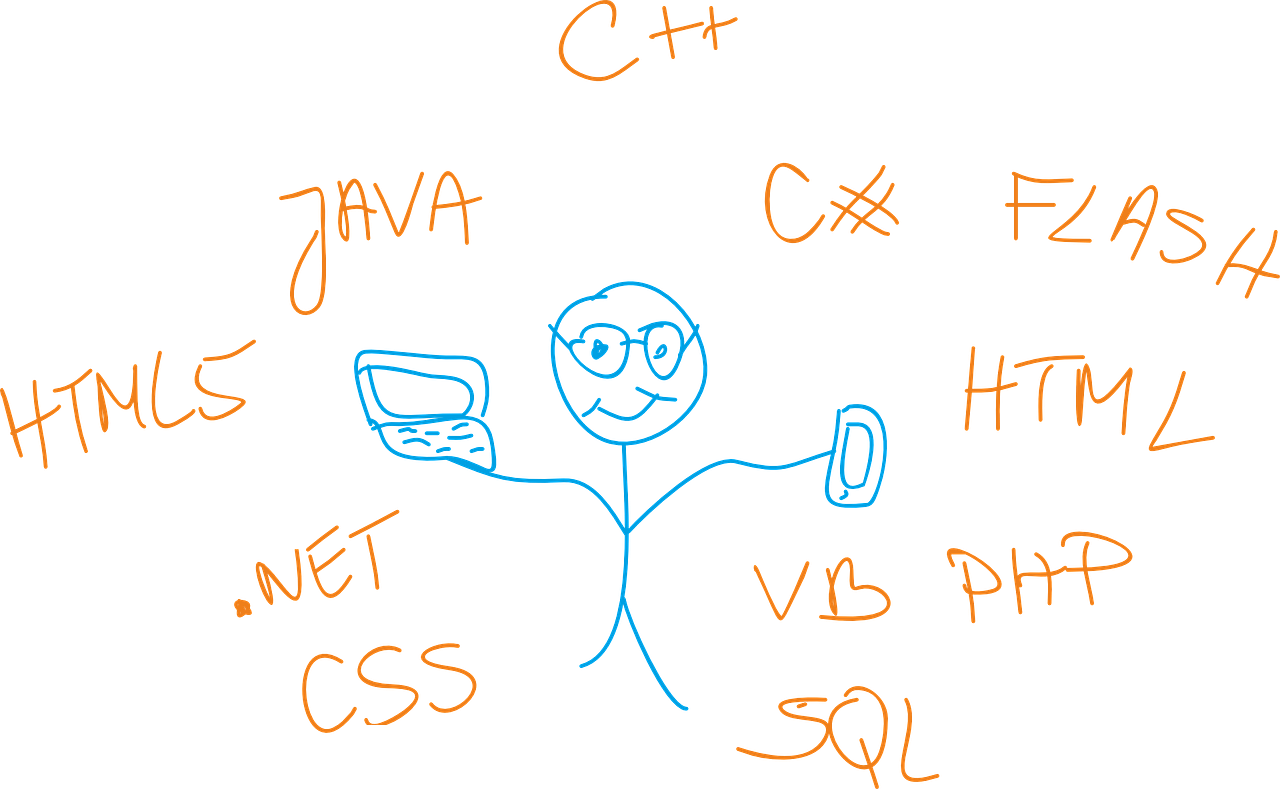Category Archives: Using MariaDB
Remember our open letter, Looking for MySQL 5.7 or 8.0 guinea pigs?
We caught a nice German guinea pig!
We caught a nice guinea pig, a German one, from Hannover. They are currently using MySQL 5.7 (as was our prime wish), and they will be doing a live migration to MariaDB 10.11. They have 1.000.000.000 queries a day, their database size is 412 GB, and our goal is to the migration of the production data in less than five minutes – during our MariaDB Migration Workshop at our pre-FOSDEM event on Friday 2 Feb 2024.
…
Easy question, easier answer. Docker Official Images are the official image distributor of MariaDB Server. It was years ago that the Docker Official Image of MariaDB Server gained all its environment variables in MARIADB_* form and its fork on the MariaDB Corporation Docker Hub was deprecated and eventually removed. As a result of contributing to the Docker Official Images of MariaDB Server, the day to day maintenance was transferred to the MariaDB github organization. Here, the MariaDB Foundation, with support from MariaDB Corporation (now MariaDB plc) on server and releases, continue to develop and support the Docker Official Image.
…
Continue reading “Where is the official MariaDB Container Image?”
Hi, we from the MariaDB Foundation are having a set of meetings with developers and senior managers from all over the world. We’d like your feedback on the Good/Bad/Ugly bits of MariaDB Server as you see it, and generally what we could be doing better. Please leave comments here, or Reddit, or email discuss@lists.mariadb.org (subscription), or email me directly daniel@mariadb.org.
This will be discussed at the MariaDB (Un)conference 2023 and MariaDB Server Fest 2023 which you are welcome to attend also to state your cases in person.
…
MariaDB Foundation polls are an informal way to get feedback from our community. They’ve always been a bit hidden, but the most recent poll sat on the mariadb.org front page for a while, and got a healthy 5,225 votes.
It asked “What programming languages do your applications that communicate with MariaDB use?”, and here are the results:
| Python | 30% |
| PHP | 30% |
| Java | 19% |
| NodeJS | 16% |
| C# | 15% |
| C/C++ | 11% |
| Bash/Shell/Powershell | 7% |
| Other | 7% |
| TypeScript | 6% |
| Go | 6% |
| Rust | 4% |
| R | 3% |
| Ruby | 2% |
How do we use these results?
…
The introduction of the StatefulSet resource was a game changer when it comes to run stateful workloads in Kubernetes, introducing a wide range of features, including:
- Predictable DNS names for each Pod, allowing one to individually address them in the network.
- Stable persistent storage for each Pod, ensuring that each of them is bound to the same PersistentVolumeClaim.
- Ordered graceful deployments and automated rolling updates.
However, this isn’t quite enough for running databases in Kubernetes in a reliable way. We are missing day 1 and day 2 operations, such as configuring high availability and scheduling backups, which is something not managed by vanilla Kubernetes.
…
Continue reading “Run and operate MariaDB in Kubernetes with mariadb-operator”
This sounds like a lame cross-genre joke, but it is not. It is a lame cross-genre math problem. I have to admit, it didn’t have those names when I read about it, but I wanted to make it a bit more epic. So,
Sauron says to Dumbledore and Merlin, finally I have captured you both. Now I shall select two numbers, greater than one, less than a hundred. Dumbledore shall know their product and Merlin shall know their sum. If you, fools, will be able to tell me the numbers I have chosen, I shall let you free.
…
In this blog we will show how to access MySQL and MariaDB DBMS tables from MariaDB Server. For that we will use Connect Storage Engine (SE), which supports different table types options. In this case we will use the JDBC table type. To use the JDBC table type we need to specify it in the CREATE TABLE definition for Connect SE and we need the Java connector for the DBMS we are accessing. For demonstration purposes we will use containers, but this will work if the servers are running in VMs or bare-metal. Just make sure the machines can access each other via TCP/IP.
…
Continue reading “Connect SE JDBC table type: Accessing Tables From Another DBMS”
In this blog we are going to learn how to migrate data from Oracle to MariaDB.
To begin, we’ll learn the basics about Oracle database to have an understanding about the steps that are done on the demo example. After, we will create a table in Oracle and migrate it to MariaDB.
To migrate data from Oracle there are 2 ways:
- Dump Oracle data to CSV and load data in MariaDB.
- Use the Connect Storage Engine to create or insert into a table from Oracle’s source definition.
For demonstration, we are going to use a docker container with an Oracle Express Edition (XE) image.
…




